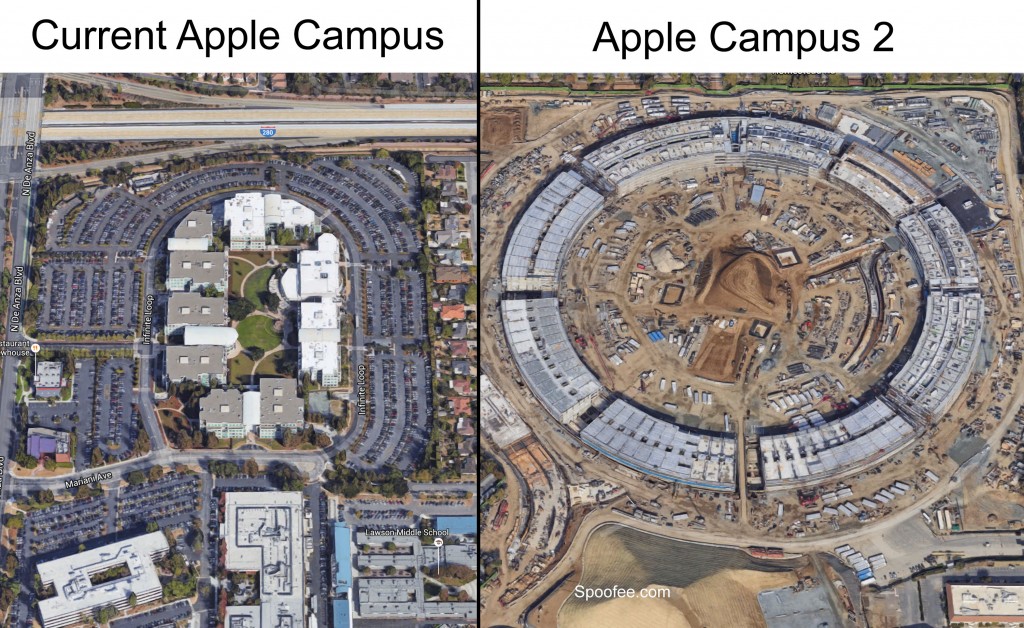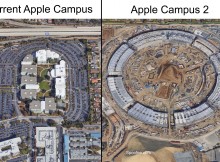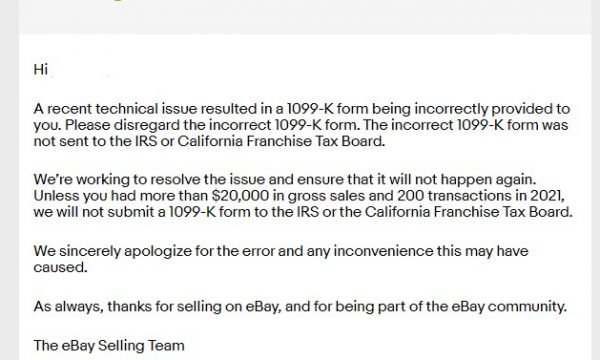How much bigger is the Apple’s New Headquarters?

Previous Campus – 32 Acres
Realtors in Cupertino are touting that Apple will continue to use the previous campus and the new campus to maintain the real estate craze in the area.
In April 2006, Steve Jobs announced to the city council of Cupertino that Apple had acquired nine contiguous properties to build a second campus, the Apple Campus 2. It will be located one mile east of the existing facility. Originally expected to break ground in 2013 and open in 2015, the project experienced delays and started in 2014, it is expected to be open in late 2016 or early 2017. The proposed second campus is also next to a contaminated site under Superfund legislation with a groundwater plume.
Apple has had a presence in Cupertino since 1977, which is why the company decided to build in the area rather than move to a cheaper, distant location. Purchases of the needed properties were made through the company Hines Interests, which in at least some cases did not disclose the fact that Apple was the ultimate buyer; Philip Mahoney, a partner with a local commercial real estate brokerage, noted that this is common practice in attempts to arrange the purchase of contiguous land made up of multiple parcels with separate owners, in order to keep costs from skyrocketing and not reveal the company’s plans to competitors. Among the sellers of the properties were Summerhill Homes (a plot of 8 acres (32,000 m2)) and Hewlett-Packard (three abandoned buildings of their campus in Cupertino, among others).
The land cost was estimated at USD $160 million. The new campus design will take 3 to 4 years, and the project cost is estimated at USD $500 million. However, in 2013 the total cost was estimated to be nearer to $5 billion. Until April 2008, Apple had not sought the necessary permits to begin construction, so it was estimated that the project would not be ready in 2010 as originally proposed; however, the buildings on the site are being currently held by Apple for its operations. In November 2010 it was revealed by MercuryNews that Apple had bought an additional 98 acres (400,000 m2) no longer used by HP Inc., just north across Pruneridge Ave. This space used to be the HP campus in Cupertino before it was relocated to Palo Alto. The estimated amount paid for the land is USD $300 million. Additionally, El Economista revealed that worldwide acclaimed architect Lord Norman Foster is in charge of the design of the new campus.
On June 7, 2011, Apple’s then-CEO Steve Jobs presented to Cupertino City Council details of the architectural design of the new buildings and their environs. The new campus, on a site now totalling 175 acres (0.71 km2), is planned to house up to 13,000 employees in one central four-storied circular building of approximately 2,800,000 square feet (260,000 m2), which will include a café for 3,000 sitting people, be surrounded by extensive landscaping, and offer parking both underground and in a parking structure. Media reports widely described the new structure as “spaceship”. Other facilities include a 1,000 seat auditorium, 300,000 square feet (28,000 m2) of R&D facilities, a fitness center, an orchard, and a dedicated generating plant as the primary source of electricity (powered by natural gas and other more environmentally sound means). Jobs: “It’s got a gorgeous courtyard in the middle, and a lot more. It’s a circle, so it’s curved all the way round. This is not the cheapest way to build something.” Every pane of glass in the main building will be curved. This proved to be Jobs’ last public appearance before his death in October 2011.
The existing ratio of built-up area to landscaping on the site is 80:20. After Apple’s redevelopment, this ratio will be reversed so that 80% of the redeveloped site will be greenery.
On October 15, 2013, Cupertino City Council unanimously approved Apple’s plans for the new campus after a six-hour debate. Shortly thereafter, demolition work began to prepare the site for the new construction.






